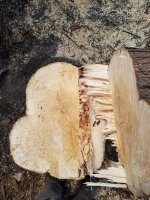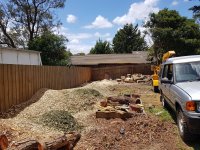hseII
Heef
- Local time
- 3:26 AM
- User ID
- 311
- Joined
- Dec 29, 2015
- Messages
- 6,842
- Reaction score
- 24,460
- Location
- West Georgia
Douglas fir ,32 inch bar View attachment 166233 View attachment 166234 View attachment 166235 View attachment 166236
You forgot to mention the Deuce & a Quarter.
Sent from my iPhone using Tapatalk Pro













